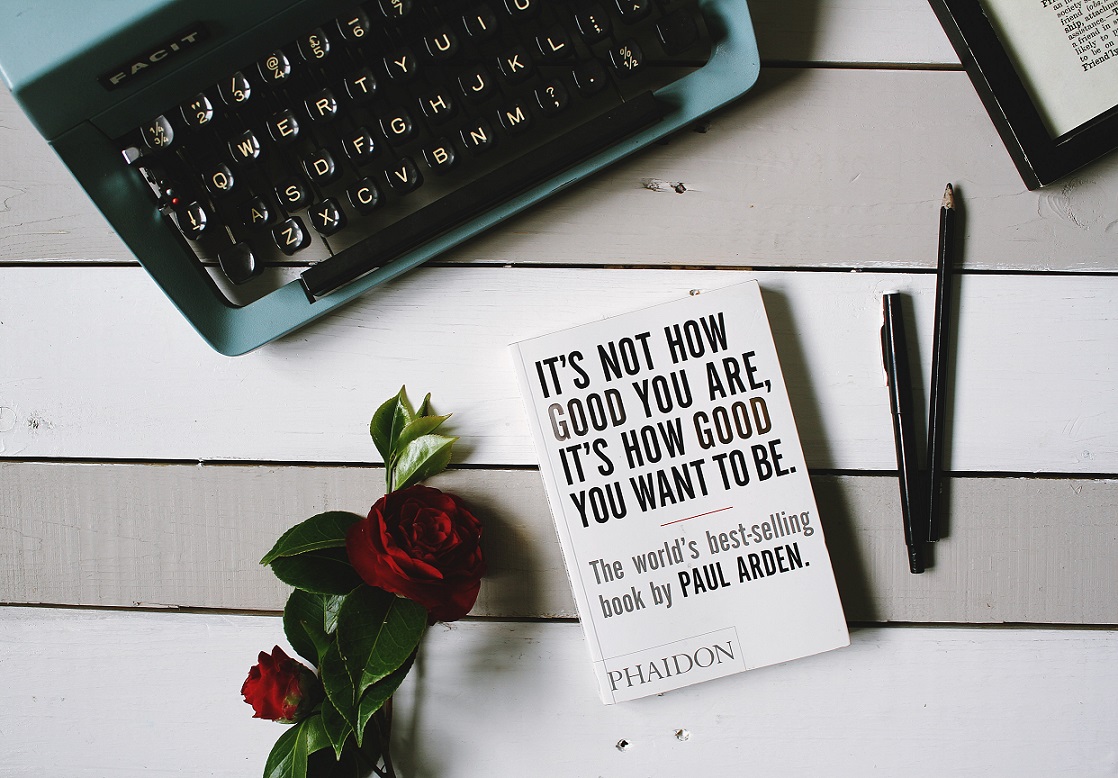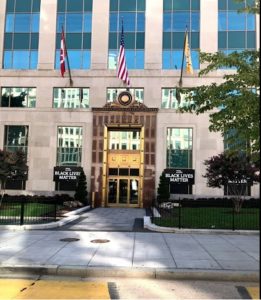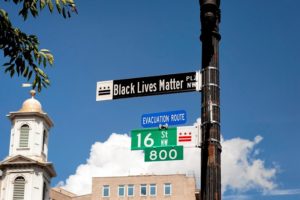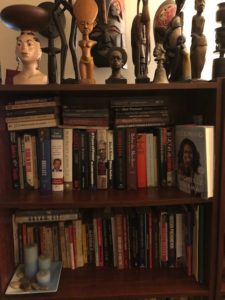“If you want to be a writer, you must do two things above all others: read a lot and write a lot. There’s no way around these two things.” Words of wisdom from award-winning horror genre author Stephen King
The first book I wrote was for my mother. I took my time researching and writing it and gave mother some of the first draft’s initial chapters to read. Several months later, we learned that she was terminally ill. I rushed to complete the book, but death won the race. Mother died 11 months before Legacy was published.
Not long ago, I reread the book and discovered what I perceived as some editorial shortcomings. The downside of being a perfectionist is that you want everything you produce to be flawless. There are times when I contemplate updating the book, but then I imagine mother reiterating what she used to say often throughout her life, “Let sleeping dogs lie.”
I’ve been working on my second book for a while. But procrastination is my nemesis. I can create a blog post in a few hours, but writing a book is ten times more challenging, as anyone who has attempted it knows. As passionate as I am about writing, it is a time-consuming and tedious process, and I have to be in a creative frame of mind to tackle it.
I was a bookworm long before I learned Stephen Kings’ advice about reading to improve writing. However, unless you are fortunate, like some renowned authors, to have a secluded retreat where you go to ply your trade, your writing time could be hindered, as mine often is, by constant interruptions. And interruptions aside when it comes to writing books, time is not our friend.
For instance, I am currently reading The Dead Are Arising: The Life of Malcolm X. It is a fantastic five-star worthy publication. It clears up factual disputes and provides the reader with significantly more details about Malcolm X than the autobiography. The author, Les Payne, worked on The Dead Are Arising for 28 years. Sadly, in 2018, he died of a heart attack before he could finish the final draft. His daughter Tamara Payne, her dad’s research assistant, completed the book with their editor Robert Weil’s help. It was published last year.
Speaking of time, who hasn’t read The Catcher in the Rye? J.D. Salinger took ten years to finish it.
Writing her book was also a decade-long journey for Pulitzer Prize-winning author of Gone with the Wind, Margaret Mitchell.
Alex Haley co-authored The Autobiography of Malcolm X and later wrote the acclaimed, 704-page Roots. Factoring in research time and intercontinental travel, it took Haley twelve years to write that book. And boy! It paid off in numerous ways.
Aware of the truth that time waits for no man (or woman), it is inspiring to know that some people don’t hit their literary stride until they are senior citizens.
J. R. R Tolkien took 16 years to finish The Lord of the Rings. He was 63 years old when the book was published.
Pulitzer Prize-winning author, Frank McCourt, was 66 when he wrote his bestselling memoir Angela’s Ashes.
And the oldest debut novelist on record award goes to Lorna Page. She was 93 years old when her first novel A Dangerous Weakness, was published.
The time it takes to write a book depends on many things, the book’s length and genre, the period spent doing research, and the author’s day-to-day writing routine.
Occasionally, one of my friends will ask my advice on how to publish their book. Here is my two-minute rudimentary pitch.
There are two methods of getting your book in print: self-publishing or traditional publishing.
Self-publish, and you maintain ownership of your book and can keep much of the profits. However, self-publishing necessitates that you do a lot of leg work after writing your book. That means everything from producing a professional product (editing, cover, format, etc.) to marketing it. If you have money to spare, you can pay professionals to help with those things.
Traditional publishing is more costly than self-publishing. It involves hiring a literary agent. The agent will help you put together query letters, a book proposal, a contract, a marketing plan, book tours. He or she will be your overall pitch person. Literary agents charge a commission (about 15%) on any money that you earn. For every amount they get you in advances or royalties, speaking engagements, or other perks, they will take their cut. They will handle the heavy lifting. You may get an advance, but you’ll give up rights to your book, and everybody makes money off of it.
When I self-published my book, I had to learn the ropes through trial and error. I am still learning, but this time I am a little bit wiser.
Unless you have name recognition (say Terry McMillian or Walter Mosley), self-publishing is the way to go. The investment in self-publishing could be anywhere from a few hundred dollars to a few thousand. How much you want to spend on your book is your call. For Legacy, I hired a fantastic copy editor before sending my book to a premier (POD) print-on-demand service for self-publishing authors. Comparing the royalties earned from self-publishing to traditional publishing could be like equating a child’s piggy bank filled with pennies to a five-gallon jug filled with quarters and greenbacks. But everything is relative.
With determination, perseverance, and a little bit of luck, any well-written book could mean the difference between a mediocre publication and a Pulitzer Prize-winner. There will be time for learning the ropes of getting your book published, but first, you have to write it.







